Stunning Companion Plants For Pearl Glam Beautyberry
Stunning Companion Plants for Pearl Glam Beautyberry
Pearl Glam Beautyberry is a small, deciduous shrub that is prized for its showy purple fruits. The fruits appear in late summer and persist into the winter, providing a welcome source of food for birds and other wildlife. Pearl Glam Beautyberry is also a relatively easy plant to care for, making it a good choice for gardeners of all levels of experience.
If you're thinking about adding Pearl Glam Beautyberry to your landscape, you may be wondering what companion plants would work well with it. Here are a few ideas:
- Tatarian aster (Aster tataricus 'Jindai'): This perennial wildflower has soft purple flowers that bloom in late summer. The flowers of Tatarian aster complement the purple fruits of Pearl Glam Beautyberry, and the two plants can be used to create a beautiful border or foundation planting.
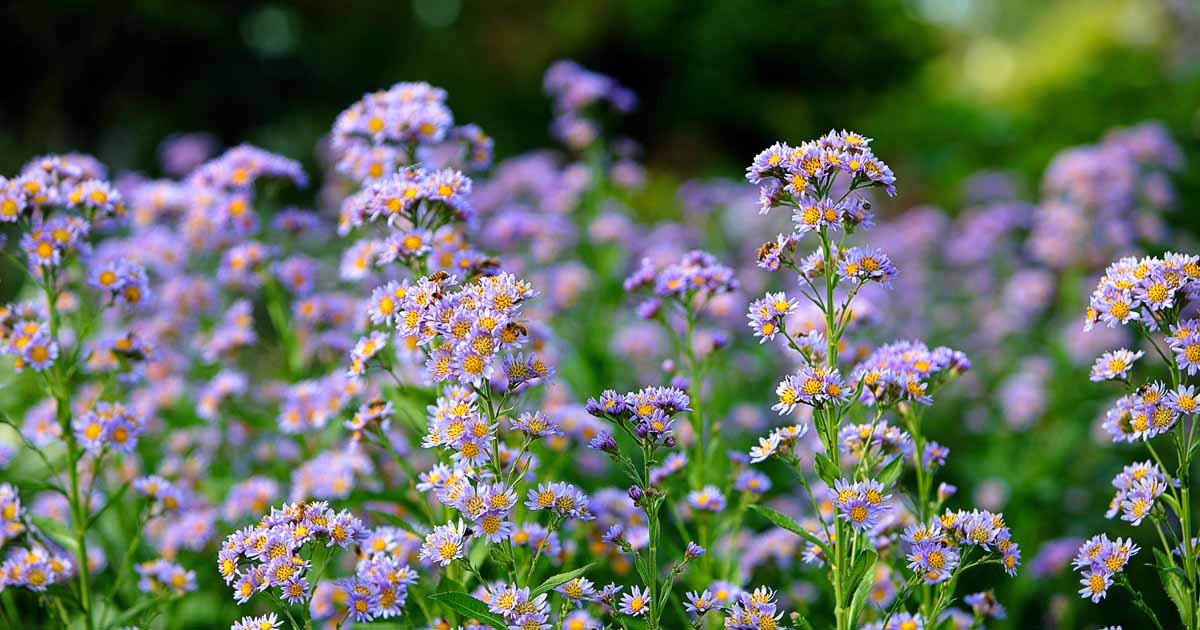
- Spicebush (Lindera benzoin): This native shrub has yellow fall foliage that provides a nice contrast to the purple fruits of Pearl Glam Beautyberry. Spicebush also attracts butterflies and other pollinators.
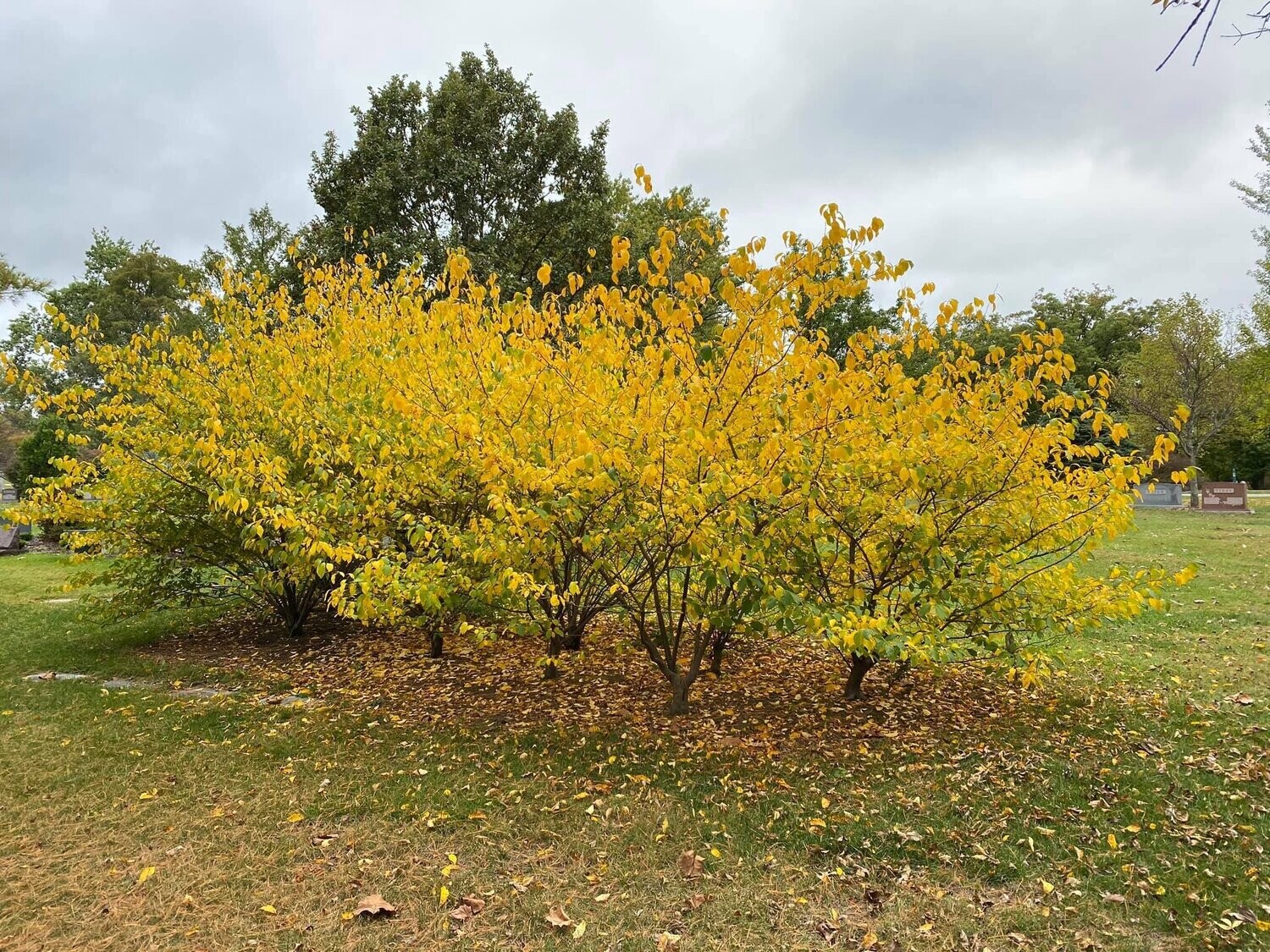
- Fothergilla (Fothergilla spp. and cvs.): This genus of shrubs has colorful foliage that changes color throughout the seasons. Some fothergilla varieties have purple foliage that would look stunning when planted next to Pearl Glam Beautyberry.
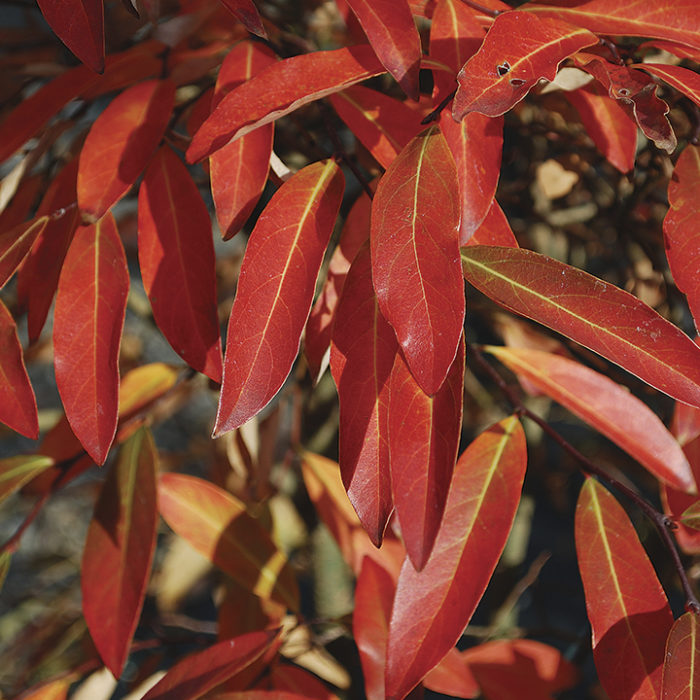
- Heuchera (Heuchera spp. and cvs.): This genus of perennials has a wide variety of foliage colors, including purple, red, and green. Heucheras can be used to add color and interest to a border or foundation planting, and they can also be used to fill in spaces between other plants.

- Coral bells (Heuchera sanguinea): This perennial has bright red foliage that contrasts nicely with the purple fruits of Pearl Glam Beautyberry. Coral bells are also relatively low-maintenance plants, making them a good choice for busy gardeners.

- Winterberry (Ilex verticillata): This deciduous shrub has bright red berries that persist into the winter. Winterberry can be used to add color and interest to a winter garden, and it can also be used to attract birds.
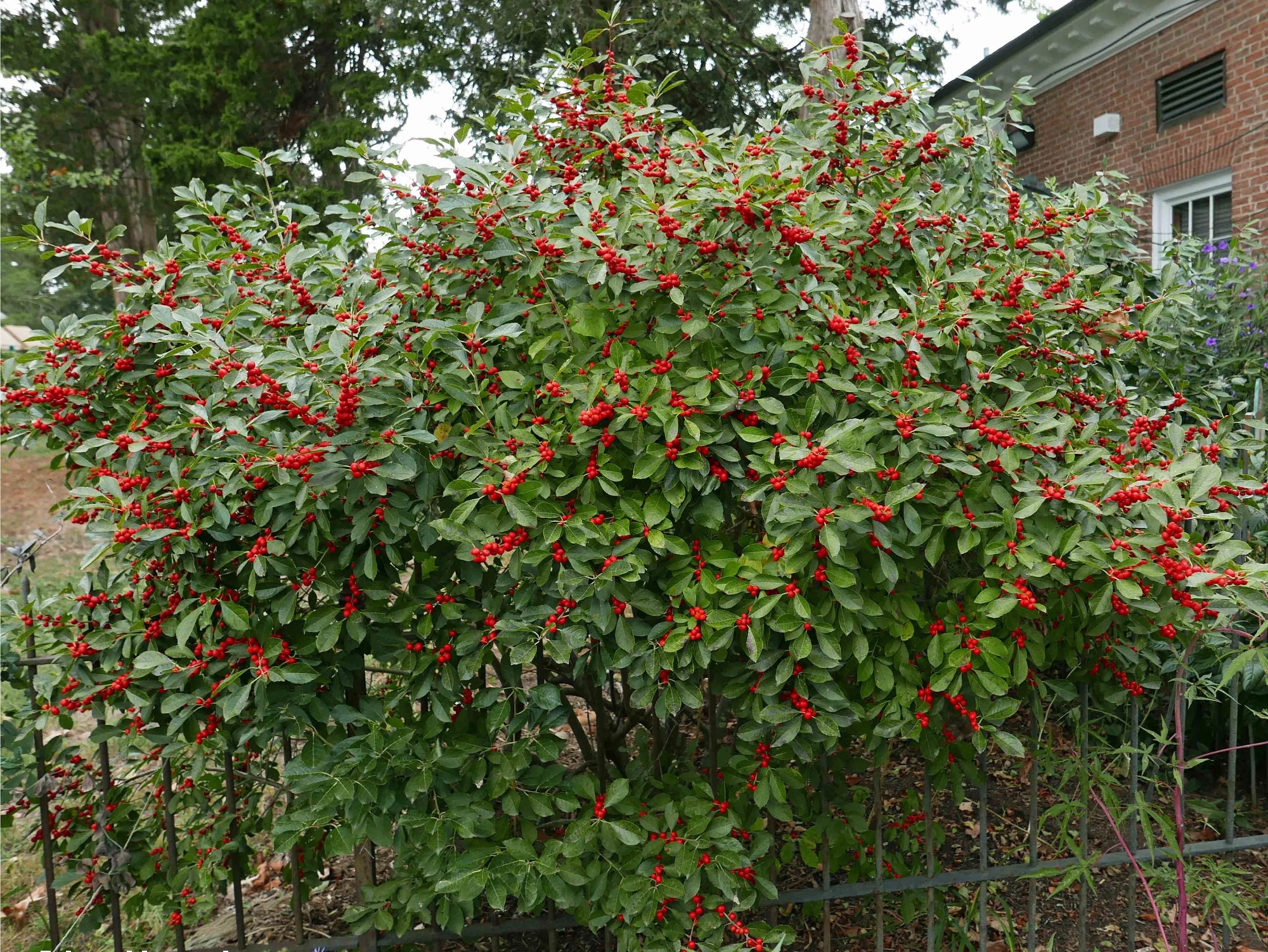
- Ninebark (Physocarpus opulifolius): This shrub has white flowers in the spring and bright red foliage in the fall. Ninebark is a relatively fast-growing plant, so it can be used to quickly fill in an area.
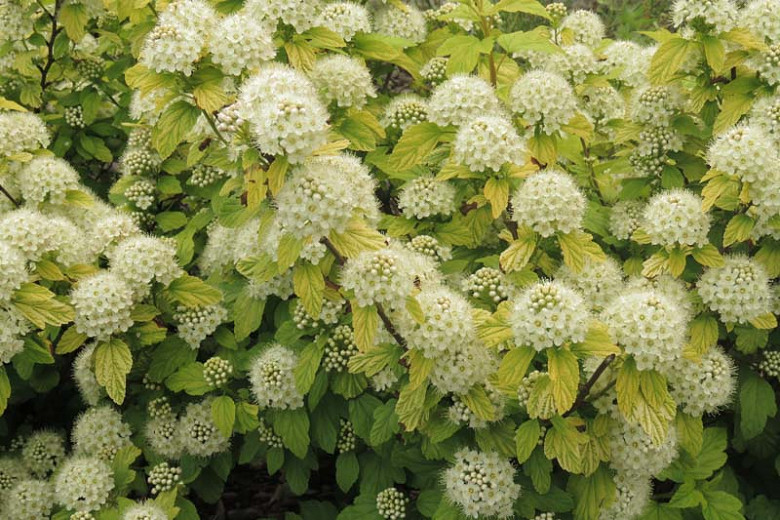
- Burning bush (Euonymus alatus): This shrub has orange-red foliage in the fall. Burning bush is a relatively tall plant, so it should be planted in the back of a border or foundation planting.
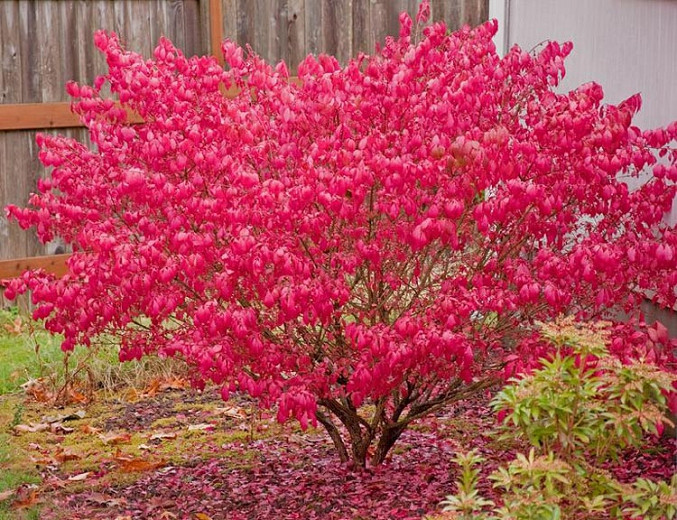
These are just a few ideas for companion plants for Pearl Glam Beautyberry. When choosing companion plants, it's important to consider the plant's mature size, sunlight requirements, and soil conditions. By carefully selecting companion plants, you can create a beautiful and harmonious landscape that will provide you with enjoyment for years to come.
Pearl Glam beautyberry is a beautiful and versatile shrub that can add color and interest to any landscape. It is known for its dark purple foliage and clusters of purple berries that appear in the fall. Pearl Glam beautyberry is relatively easy to care for and can tolerate a wide range of conditions.
If you are considering planting Pearl Glam beautyberry, you may be wondering what companion plants would be best. Some good options include:
- Holly: Holly is a classic companion plant for beautyberry. The two plants complement each other well in terms of color and texture.
- Orange berry: Orange berry is another good choice for a companion plant for beautyberry. The orange berries of orange berry add a splash of color to the fall landscape.
- Abelia: Abelia is a flowering shrub that can add height and interest to a beautyberry planting. The two plants bloom at different times of the year, so they will provide interest throughout the growing season.
For more information about companion plants for Pearl Glam beautyberry, please visit Gardenia Inspiration. This website has a wealth of information on beautyberry care and planting, including a list of recommended companion plants.
FAQ of pearl glam beautyberry companion plants
- What are some good companion plants for Pearl Glam beautyberry?
Pearl Glam beautyberry is a versatile shrub that can be paired with a variety of other plants. Some good companion plants include:
* Winterberry: This evergreen shrub has bright red berries in winter, which can provide a colorful contrast to the beautyberry's purple foliage.
* Rough goldenrod: This tall, late-summer bloomer has yellow flowers that will attract butterflies and other pollinators to your garden.
* Blue oat grass: This ornamental grass has blue-green foliage that will provide year-round interest in your garden.
* Coneflower: This native wildflower has daisy-like flowers in a variety of colors that will bloom from summer to fall.
* Black-eyed Susan: This another native wildflower that has daisy-like flowers in yellow or orange. It will bloom from summer to fall.
- How far apart should I plant Pearl Glam beautyberry?
Pearl Glam beautyberry is a relatively fast-growing shrub, so it is important to space them accordingly. As a general rule of thumb, plant them 5 to 7 feet apart. This will give them enough room to spread out and reach their full potential.
- What type of soil does Pearl Glam beautyberry need?
Pearl Glam beautyberry is not too picky about soil type, but it does prefer well-drained soil. If your soil is heavy or clayey, you may need to add some compost or sand to improve drainage.
- How much sun does Pearl Glam beautyberry need?
Pearl Glam beautyberry prefers full sun, but it can tolerate partial shade. However, if you plant it in too much shade, it may not flower as profusely.
- How do I care for Pearl Glam beautyberry?
Pearl Glam beautyberry is relatively easy to care for. Water it regularly, especially during hot, dry weather. Fertilize it once a year in spring with a balanced fertilizer. In late winter or early spring, you can prune it to shape it or remove any dead or damaged branches.
Image of pearl glam beautyberry companion plants
Here are 5 different images of "pearl glam beautyberry companion plants" from Pinterest:
- Purple coneflower: This tall, showy wildflower blooms in late summer with vibrant purple flowers. It is a good companion plant for pearl glam beautyberry because it blooms at the same time and attracts similar pollinators.

- Black-eyed Susan: This daisy-like wildflower is another good companion plant for pearl glam beautyberry. It blooms in late summer with yellow flowers with dark brown centers. It is drought-tolerant and attracts butterflies and bees.
- New England aster: This native wildflower blooms in late summer and fall with white, pink, or purple flowers. It is a good companion plant for pearl glam beautyberry because it attracts butterflies and other pollinators.

- Goldenrod: This tall, leafy wildflower blooms in late summer and fall with bright yellow flowers. It is a good companion plant for pearl glam beautyberry because it attracts butterflies and other pollinators.
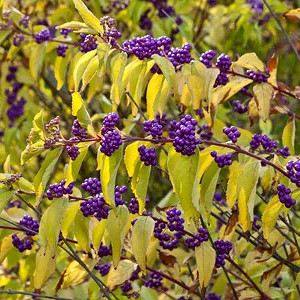
- Joe Pye weed: This tall, herbaceous perennial blooms in late summer and fall with clusters of lavender, pink, or white flowers. It is a good companion plant for pearl glam beautyberry because it attracts butterflies and other pollinators.
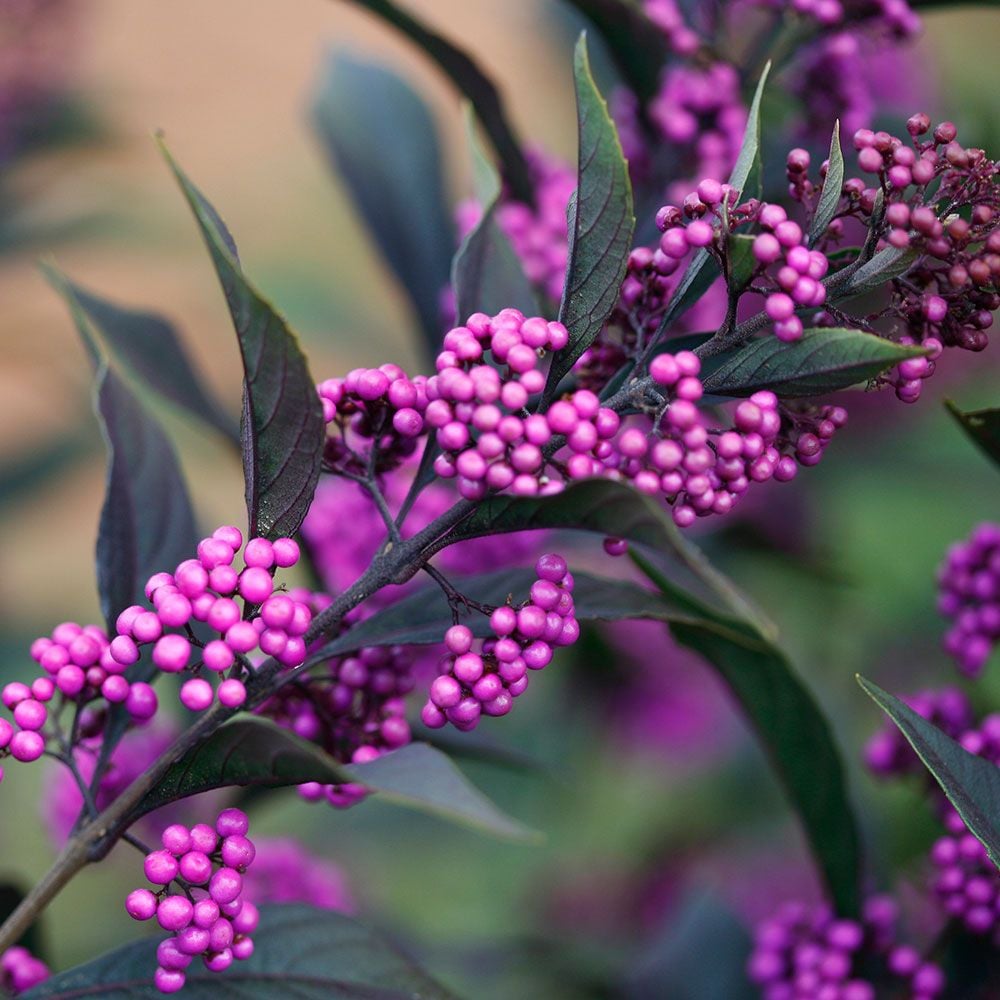
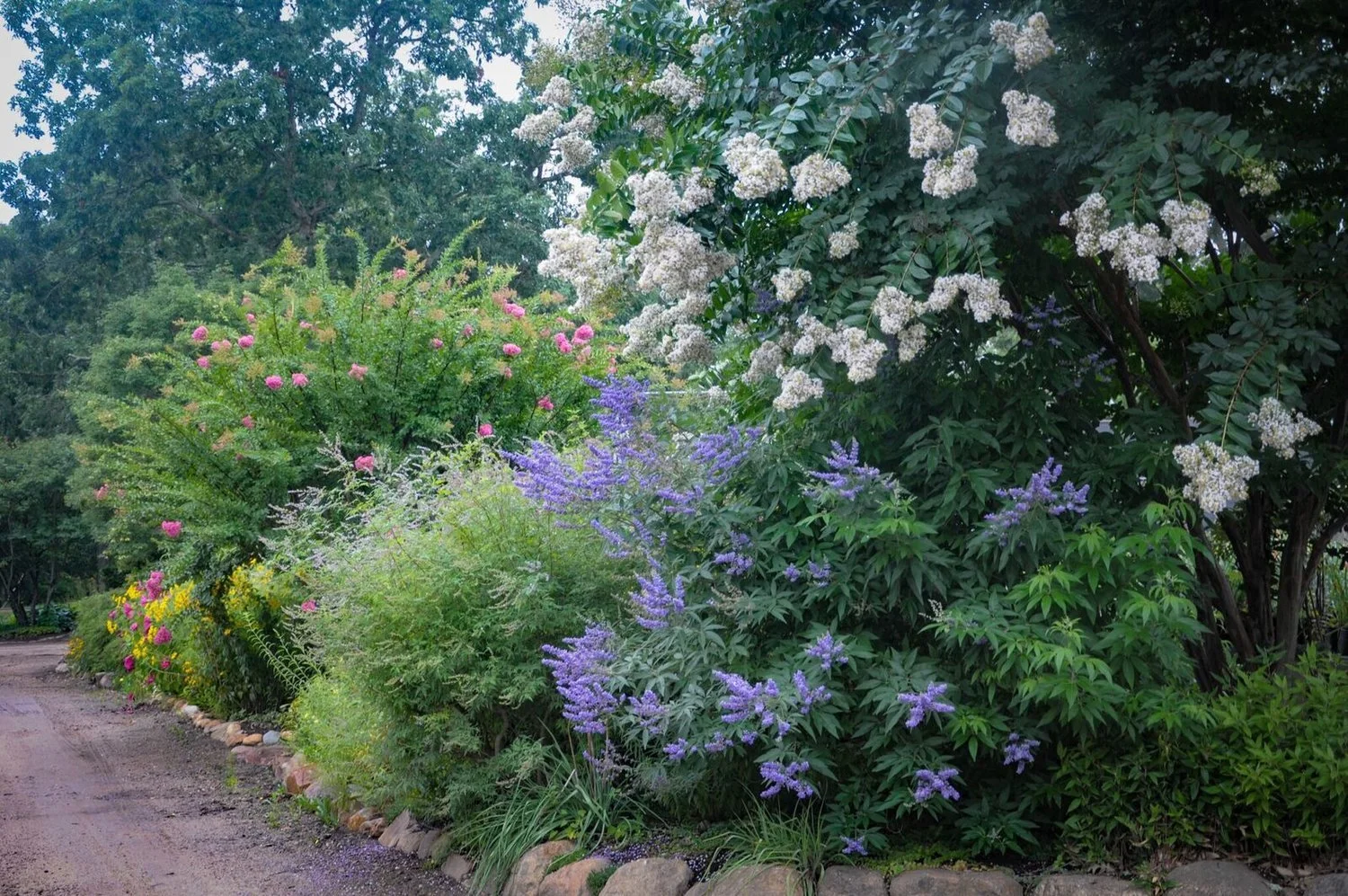
Post a Comment for " Stunning Companion Plants For Pearl Glam Beautyberry"